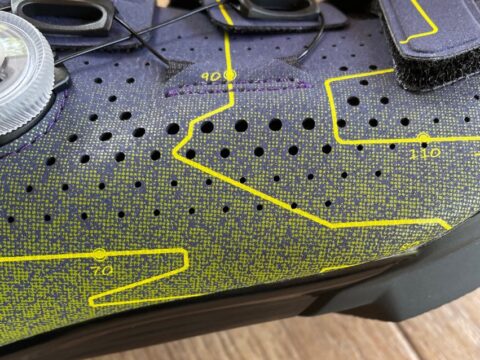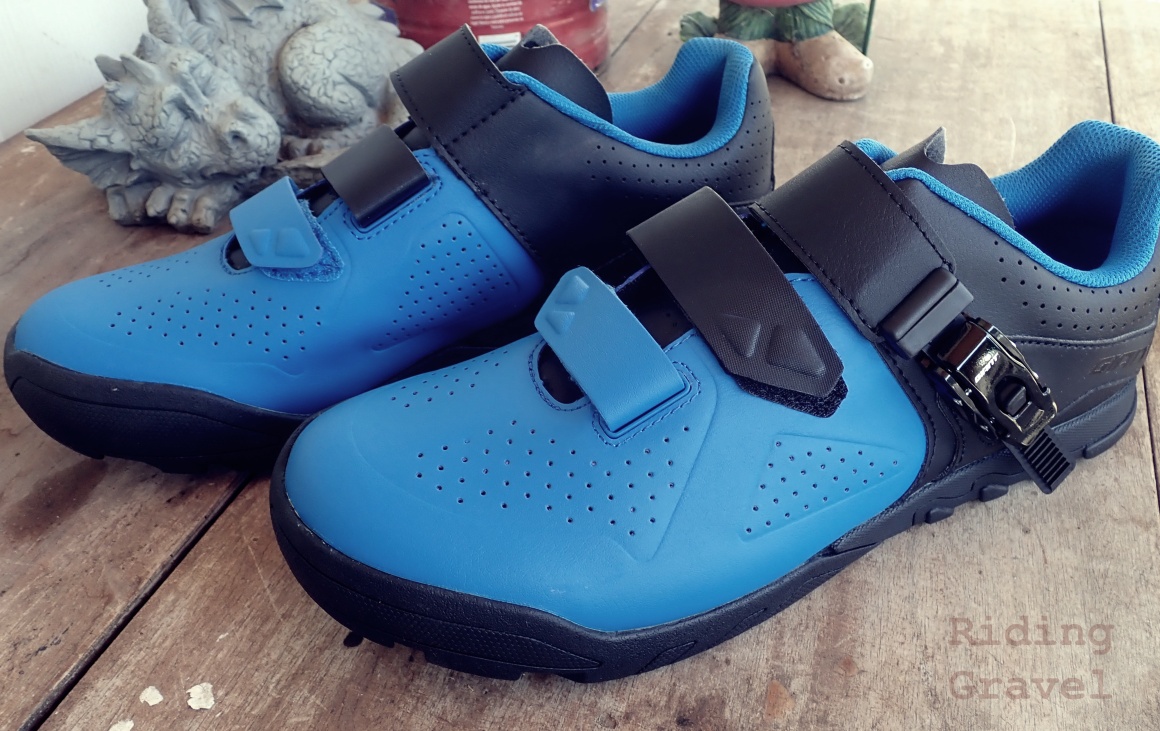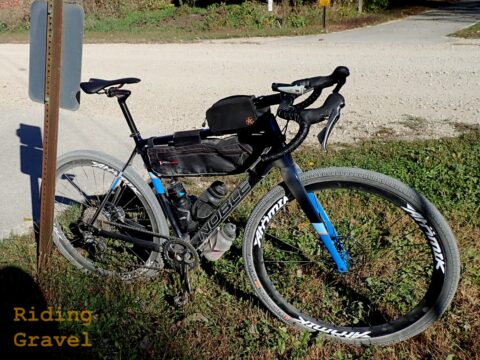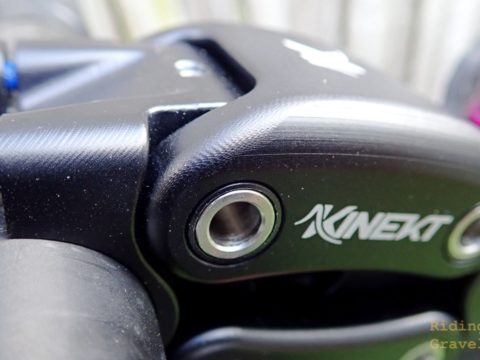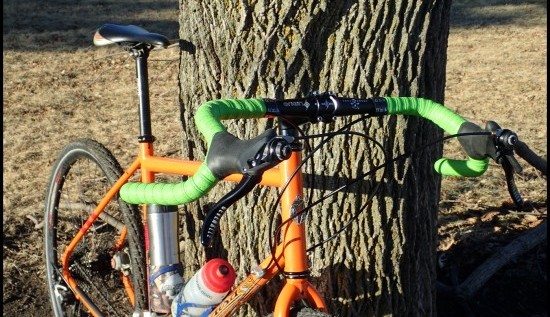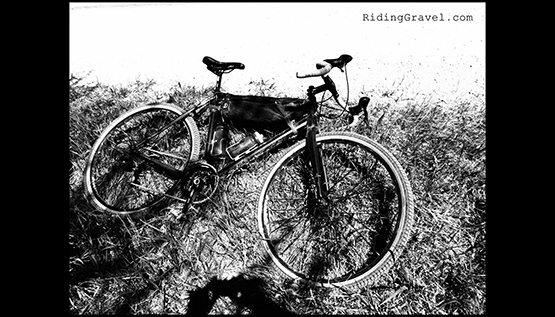Ritte Satyr Gravel Bike: Quick Review – by MG
This past December, Ritte announced two new high end steel bikes – the all-road Phantom and the gravel-focused Satyr. The new bikes leverage the design and engineering expertise of legendary framebuilder, Tom Kellogg, and use state of the art size-specific Reynolds steel tube sets.

While both bikes technically can be ridden on gravel, the Satyr is of greater interest to most gravel cyclists, so that’s the bike we’ll focus on. Check out our introduction post for more information on the Satyr gravel bike, including geometry and specs, available builds and pricing.
Five Ride Review of the Ritte Satyr
We received our Ritte Satyr test bike just as cold weather descended on the Midwest, which limited our available testing time, to a certain extent. That said, we still got five solid rides in on the bike – enough to give us a good feel for the bike’s strengths and weaknesses.
Anyone with a love for the classic ‘feel of steel’ will be delighted with the ride quality and feel of the Satyr. It accelerates quickly, with steel’s characteristic liveliness under heavy pedaling. It feels alive in a way that few carbon frames do.
Yes, the Reynolds-tubed Satyr frame is heavier than most carbon frames, which will turn some riders off to the bike. That’d be a shame though, because from a ride quality standpoint, Ritte and Tom Kellogg nailed it.
My only issue with the frame is the welded brace at the front of the chainstays, which is ideally placed to collect dirt. The Ritte/Kellogg design team uses the brace to maximize drivetrain stiffness and keep the Satyr’s cable/hose routing fully internal. In our testing however, the shelf collected an inordinate amount of dirt, mud and grime. It’s not an issue on dry rides, but recent rains have proven it to be less than ideal in muddy or wet conditions.

Ritte’s stated 43c tire clearance may be accurate, but a true 43c tire will have very little clearance between the chainstays. As such, I’d recommend sticking to a 40c tire max for any rides on wet or muddy gravel. I suspect this won’t be a big issue for most Satyr buyers, but it’s definitely something to consider.
How’s the Handling?
With a steep head tube (73 degrees) and relatively long fork offset (47mm), the Satyr is on the quicker end of the handling spectrum. Stability isn’t an issue, but I did experience mild overlap between my (size 45) shoe and the front tire.
Smaller frames use 50mm offset Enve forks and more slack head tube angles, but I have to believe that toe overlap will still be present. In this respect, the Satyr feels more like a bulked-up, impossibly capable road bike than it does a gravel-focused mountain or adventure bike. For many, that’ll be a good thing.
Riders coming to gravel from the mountain bike side may want to try before you buy, however. The Satyr isn’t of the ‘long and slack’ variety. It’s still a lot of fun to ride hard, but it won’t be mistaken for a modern mountain bike.
Satyr Spec
Our test bike used a complete Shimano GRX 800 1x drivetrain and hydraulic disc brakes, with Hunt 4-Season Gravel X-Wide wheels and 700x40c WTB Venture tires.
FSA provides the Adventure drop bar and stem, and Afterburner zero-offset seatpost. A Fabric Scoop saddle completes the Satyr’s dialed spec.
The stock 110mm, negative-rise stem was a little too racy for me, so I swapped it out for a 90mm Bontrager stem from my parts bin. That was the only part I needed to change to be totally comfortable on the Satyr.
The Satyr was my first test bike with the 1x variant of Shimano’s GRX 800 gravel group, which is impressive overall. The gear range was sufficient for my local roads, and I didn’t mind the slightly larger gaps between the gears (relative to our 2x GRX-equipped test bikes).

The smooth, seamless performance of 1x GRX makes a compelling case for 1x on a gravel bike. Considering my steadfast preference for 2x drivetrains on gravel bikes to this point, that’s saying a lot.
The Hunt 4-Season Gravel X-Wide wheels are impressive too. The offset-drilled alloy rims feature a contemporary 25mm internal width, and the Hunt cartridge bearing hubs feel very smooth, both in-hand and on the road. The wide rims work well with the WTB Venture 40c tires, which roll fast and hook up with confidence on both roads and trails. Tubeless performance was excellent as well – easy setup and reliable on the road.
Our Five-Ride Verdict
The Ritte Satyr is a great option for gravel riders who appreciate the feel of steel and want a bike that’s capable in a wide range of conditions. The Satyr can easily pull road bike duty with 28-32c tires, but with clearance for up to 43c tires, it’s up for nearly any gravel adventure.
The quick, responsive handling will appeal most to experienced road riders looking for new off-pavement adventures. I had a blast riding the Satyr on gravel roads, rail-trails and even fast, smooth singletrack. It loves to be pushed hard.
If this sounds good to you, head over to the Ritte website – Ritte.cc – to learn more about the new Satyr gravel bike.
Please Note: Ritte sent over the Satyr gravel bike for test and review at no charge to Riding Gravel. We were not paid, nor bribed, for this review and we will always strive to give our honest thoughts and views throughout.




